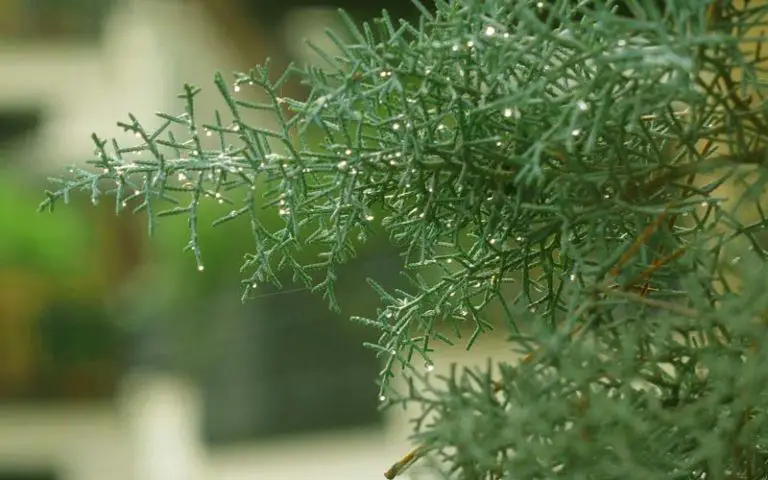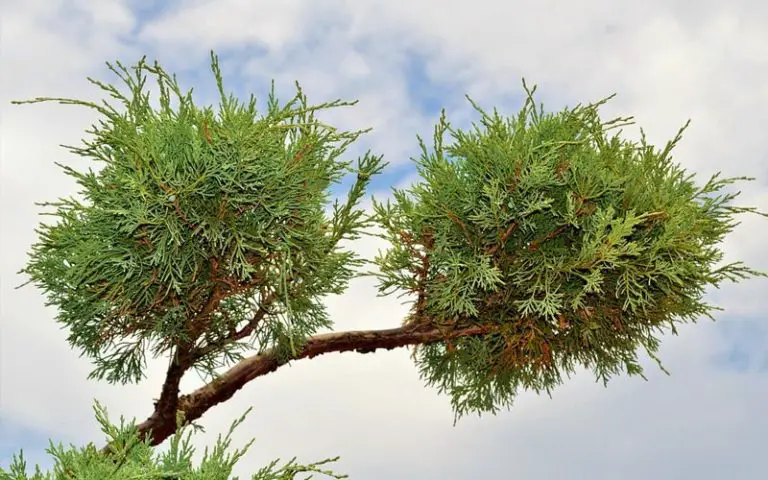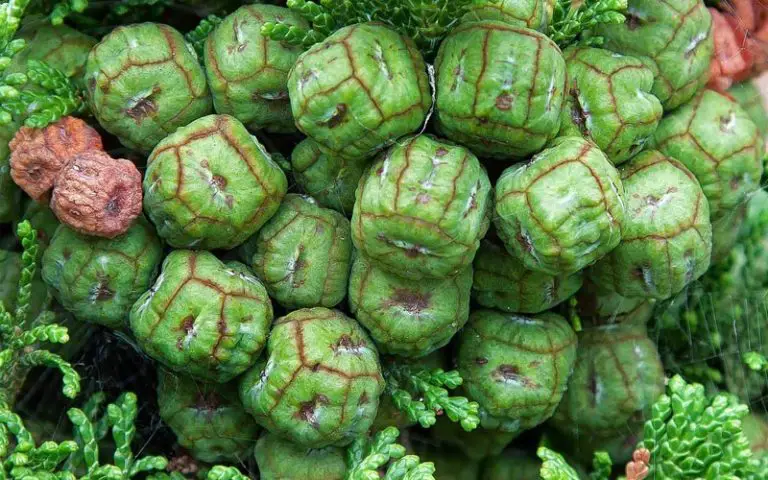How to Style a Juniper Bonsai
Junipers are one of the most popular species to use in bonsai. They’re easy to work with, easy to care for, and relatively easy to style. There are also many different species within the Juniper family, so there are various options for you to use. Some of these include the popular Green Mound Juniper (Juniperus procumbens nana), Chinese Juniper (Juniperus Chinensis), and the Japanese Shimpaku (Juniperus sargentii) – although there are many more to choose from.
To style a Juniper bonsai, you also have many options to consider as these trees support many different designs. When it comes to training Junipers, you can use a combination of the clip and grow and wiring techniques to create a great-looking design. If you do wire the Juniper bonsai, oversee the wires and make sure to remove it before it starts digging into the tree and causes scarring.
If you are just starting, wiring a Juniper can seem intimidating as the tree has dense foliage and thin stems coming from the trunk. The foliage can make it difficult to see where you’re wiring, and it can be easy to wire to tightly or trap branches. It takes patience and practice, but you can achieve a fantastic style if you take your time.

Best Styles for a Juniper Bonsai
If you want to style a Juniper bonsai, you need to have a bit of an understanding of the different bonsai styles available and how the Juniper grows in the wild. We’ll be looking at a few of the best styles for a Juniper bonsai.
Don’t be afraid to let the natural growth of your tree guide the style you decide on. After all, you can sometimes get exciting styles to work from if you use nursery stock.
Formal Upright (Chokkan)
Bonsai in this style, the trunk grows straight up with branches extending towards the sides of the tree and tapering towards the top. Some Juniper species naturally grow in this style, so it’s an easy one to achieve, especially for beginners.
The Angelica Blue Juniper is an example of a species that lends itself well to the formal upright style. This style can also be achieved without wiring if you already have a good base tree that grows straight up with healthy side branches.
Informal Upright (Moyogi)
Bonsai styled this way has an s-shaped trunk that goes up, with side branches extending from the trunk. The apex or top point of the tree bends slightly forward to further the informal shape of this style.
This is another bonsai style that’s considered an easier one for beginners to start with. To get the s-shaped trunk, you may need to use some wiring while the Juniper is still relatively young and the trunk is still pliable.
Slanting (Shakan)
Bonsai styled this way usually lean towards one side as if the wind and gravity have forced them down. The trunk has a more acute angle in this slanting style, and the apex of the tree points slightly forward. The lowest branch should also spread in the opposite direction of the lean to create some balance and keep the tree from looking lopsided.
Windswept (Fukinagashi)
This is one of the more difficult styles to achieve and is recommended for enthusiasts who have a bit of experience in styling bonsai. The trunk of the windswept style is slightly slanted, with the branches growing out to one side and never growing up. With the windswept style, all the branches are forced to one side as if a mighty wind blows them in that direction.
Semi-Cascade (Han-Kengai)
The Juniper will grow upright for a bit in this style and then dip down to cascade to one side. The branches that dip down don’t go lower than the bottom of the container, as that would make it a full cascading style. The flow of the trunk should happen smoothly, almost like a wave.
In this Juniper bonsai style, the cascading branches are seen as the front of the tree, whereas the back branches are kept closer to the trunk.

How to Start Styling Your Juniper Bonsai
To style a Juniper, you can let the tree guide you before making any decision. Doing this first will make your bonsai’s styling and overall training much easier in the long run. As with any bonsai, keep an eye out for any interesting characteristics you would like to display in your bonsai and style accordingly.
Formal Upright (Chokkan)
If you have a Juniper that’s already growing in an upright style, refining it as a bonsai can be quite easy. This is also one of the styles that looks like a bonsai almost immediately.
Remove any side branches from the first third of the trunk so that you can show off the straight trunk. Next, you will need to choose which side branches to keep. Any branches directly opposite one another or parallel to each other should be removed with pruning shears.
Remember to keep balance in mind. If you have one branch extending to the left, try and have the branch above it extending to the right. You can use wire to help train your branches to a sideways position. Keep all the foliage tightly trimmed and dome-shaped to give the appearance of maturity. Also, the length of the branches should get shorter towards the top to create a natural apex with a good balance.
Informal Upright (Moyogi)
This style is best achieved with slightly younger plants that are still a little pliable. The idea is very similar to the formal style, except that instead of a straight trunk, your trunk will have an s-shape.
You will need to create the s-shape by wiring your trunk from the roots to the apex. Once you have applied the wire, you can bend the trunk into an s-shape. The first curve should be towards the front of the tree, and the apex should also point slightly forward.
Next, the branches should extend to the side as with the formal style. You can use more wire to train the branches in the sidewards direction if needed.
Slanting (Shakan)
This bonsai style can be relatively easy to achieve. Sometimes you may get a tree that is naturally slanted. However, you can also force this style by repotting the tree at an angle.
The lowest branch needs to extend in the opposite direction of the slant to create balance. This lowest branch should also appear about one-third of the way up the trunk to give a good view of the trunk so that your eyes can follow the line of growth. You can use wiring to help train the branches into position where needed.
Windswept (Fukinagashi)
This is a more advanced style to achieve and may require some practice. This style cannot realistically be achieved without the use of wiring.
The trunk will have to grow slightly slanted or would have to be repotted in a slanting style. Then you’ll have to wire the branches and bend them to extend towards the side of the lean as if a strong wind was blowing them to the side. Foliage will grow at the end of these branches and should be kept trimmed in a rounded shape.
Semi-Cascade (Han-Kengai)
This is another more advanced style to achieve with your bonsai. You’ll need to start training your bonsai in this style as soon as possible to achieve a natural-looking cascade.
It’s best to work with a tree that is already naturally cascading. Otherwise, you’ll need to use strong wire and a pliable trunk to force the cascading effect, which can be risky if you aren’t very experienced. Wiring the branches will also help to enforce the cascading style. Back branches can be kept shorter to create interest at the apex of the tree.
Tools needed to style a Juniper Bonsai:
- For branch pruning, you need pruning shears.
- For maintenance and leaf pruning, you need pruning scissors.
- For wiring, you will need bonsai wire, approximately a quarter of the size of the trunk or branch, to be wired.
- For wiring, you will also need wire cutters to cut the bonsai wire.

Final Thoughts
Junipers are excellent bonsai to start with and give you a great variety of styles to grow. To style a Juniper bonsai, always let the tree guide you in the design for best results, combine both cut and grow, and wiring methods to achieve great results.







